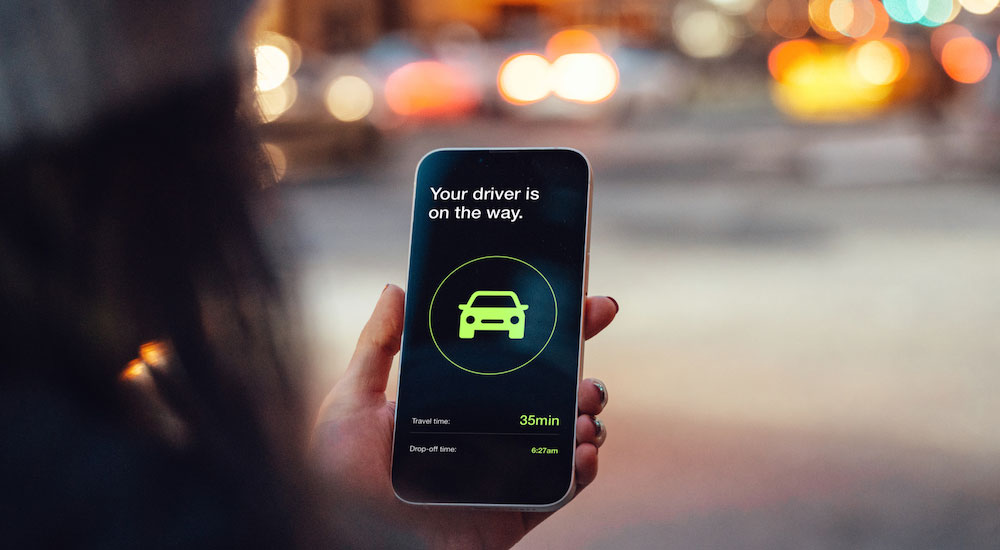World Cities Summit 2024
Driving Sustainability: Ride Pooling App Optimisation

Overview
Currently, 20% of the world’s carbon emissions are transport-related. While the focus on long-term behavioural change is an important step in managing this global challenge, it must be accompanied by improvements in transport infrastructure and technology.
SMU Professor of Computer Science Pradeep Reddy Varakantham and his team are contributing to this space with a new approach in programming ride pooling apps (e.g., GrabShare and UberPool) that can benefit people and planet.
Approach
To enable more efficient rides, the programming algorithm of a ride pooling app needs to think a few steps ahead and this is where Prof Varakantham and team are breaking new ground.
They designed an algorithm which improves the way ride pooling apps are programmed: the Hierarchical Value Decomposition (HIVES) approach gives a score to each feasible option that a ride pooling assignment can take. Based on the scores, the best option can be chosen to optimise revenue and efficiency for that assignment.
The best option, for instance, could suggest taking the driver to a high-demand location – in this way, the HIVES approach not only helps the driver with the current request but also anticipates future requests beneficial to the driver.
Application
In the figure below, steps A, B, D, and F are used in the existing approach of ride pooling apps. The HIVES approach builds on this by factoring in the future impact of each assignment. It does so by utilising:
- Step C to evaluate the value of an assignment; and
- Step E to train the estimates on the values of an assignment.
- Step A – Ride pool request is received: The programme approximates each driver to its nearest road intersections. The blue dotted line denotes the path from the pick-up location to the drop-off location of the request. The two triangles denote the existing pick-up/drop-off locations of the vehicles while the black/grey dotted line denotes their current trajectory.
- Step B – Feasible actions are generated: The programme maps the combination of requests and available drivers, and generates feasible actions for each vehicle.
- Step C – Feasible actions are scored: This step (not used in the existing approach) is part of the HIVES methodology and involves scoring all feasible actions using individual neural networks that process different sets of data.
- Step D – Assignment of driver to customer: Assignment is done using an Integer Linear Programme (ILP), based on scores from Step C.
- Step E – Value function is updated for future decision-making: As part of the HIVES approach, the programme uses the best action recommended by the ILP to update the neural network-based individual value functions.
- Step F – Execution of assignment: The drivers move to execute the ride pool assignment.
Impact
A simulation and comparative study by Prof Varakantham and his team using a real-world city-scale dataset on a high fidelity simulator developed at Massachusetts Institute of Technology (MIT) showed promising results:
- Demand served increased by 12%
- Vehicles needed reduced by 17%
- Distance travelled by vehicles reduced by 17%
The above results, by extension, translate to lower fuel consumption and carbon emissions even as more demand was served.
By factoring in the future impact of each ride pooling assignment, the HIVES approach can improve the efficiency of each ride and create a win-win situation that benefits the environment, customers, drivers, and aggregation companies.

Lead Researcher:
Pradeep Reddy Varakantham
Professor of Computer Science, SMU School of Computing and Information
Systems
Read more about this study:
